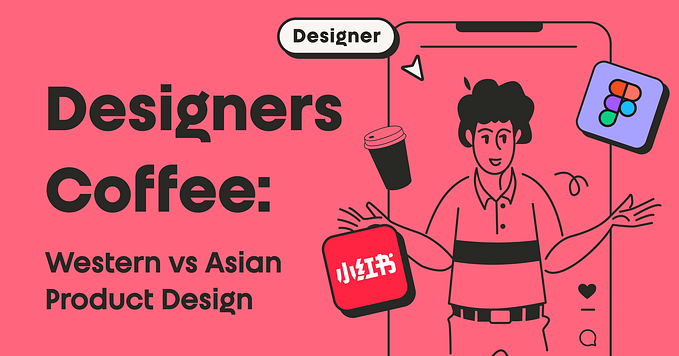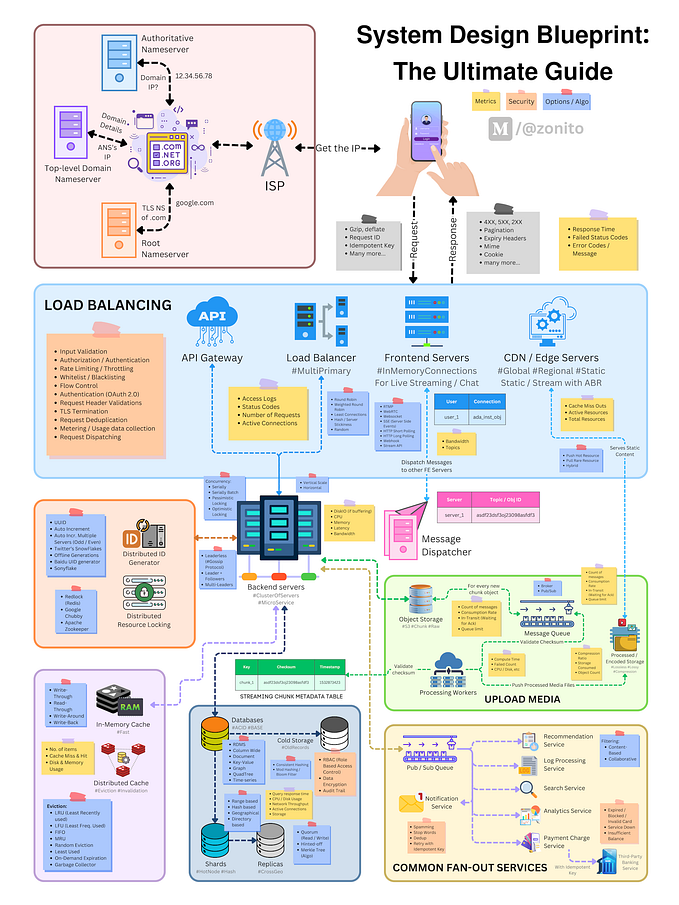Member-only story
A metrics-driven approach to evaluate success of UX design
Define success, measure baseline, and measure after design.

As part of a design thinking squad at my company, I jump in and out of products at different points in their life cycles. Within the span of a few weeks to months, I have to demonstrate the strategic value of design and research. That often requires showing the metrics that design has impacted in addition to its intangible values.
I follow a metric-driven framework to quantify the value of design and to evaluate project success objectively. This framework is inspired by Lean Six Sigma’s DMAIC methodology.
The nice thing about this framework is that it defines a general process that you can then combine with other resources like Google’s HEART framework or System Usability Scale (SUS) if you’ve already used them.
The gist of this framework is quite simple: define success, measure baseline, and measure after design.
Here’re are the steps to implement this metric-driven framework to evaluate the success of design projects.
1) Understand business goals
There’s a massive number of metrics you can track, so your very first step is to understand which metrics will have the most impact on the bottom line of your business.
Gather knowledge from your business stakeholders:
- What are the most important metrics for the business/product?
- What are the business values of the new product/feature?
- How do we measure the success of the new product/feature?
2) Translate business goals to design KPIs
Your business stakeholders will give you some business KPIs, which are likely related to revenues, cost, or growth. However, it’s hard to attribute the improvement in these metrics to solely design as there are multiple factors affecting them. Because of this, you will need to define user experience KPIs that you can influence.
For instance, adoption rate can be attributed to both design and marketing, but task success rate is driven by design.









